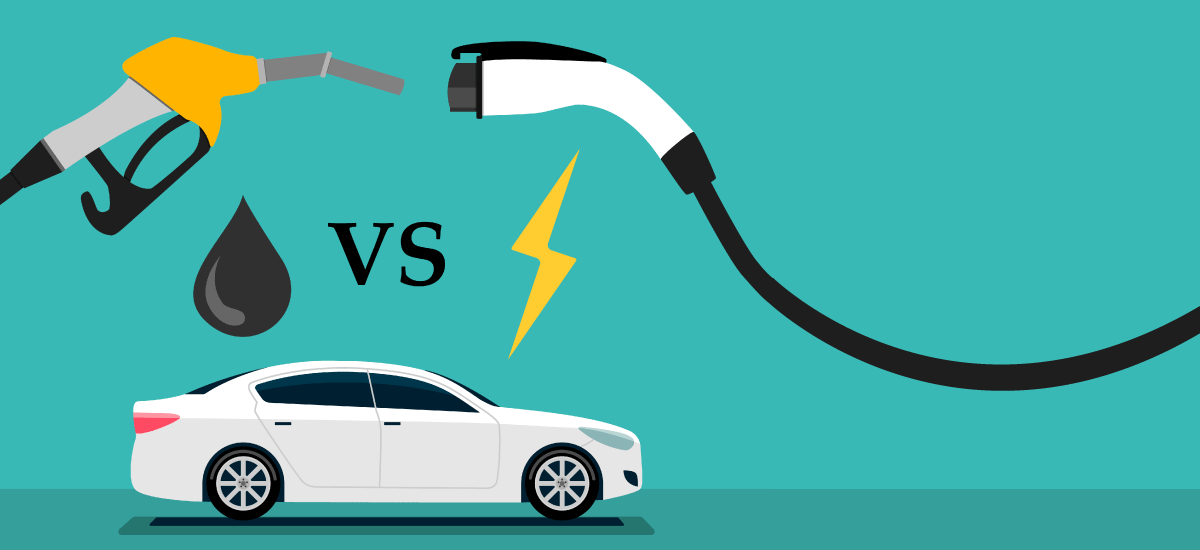Automakers’ failure to make a decision about local production reveals a divided industry and government’s omission in the debate
08/15/2022
/i.s3.glbimg.com/v1/AUTH_37554604729d4b2f9f3eb9ad8a691345/internal_photos/bs/2022/v/5/PDv0RCSQ2BPBRQR2ON2g/fabrica-da-caoa-chery-no-brasil-foto-reproducao.png)
Caoa Chery’s plant: carmaker is betting on ethanol hybrid car — Foto: Reprodução
Carmakers have very clear global decarbonization targets. Most of them already have a date when they will stop producing internal combustion engine cars, and the electrification of cars is becoming increasingly common in many parts of the world. In Brazil, however, every time executives refer to the subject, the details and deadlines are unclear.
Of the 13 car manufacturers with plants in Brazil, two – Toyota and CAOA Chery – already produce hybrids locally. CAOA Chery, one of the smallest in the country, made the decision quite recent. Two others, precisely the largest ones in the sector – Volkswagen and Stellantis – have unveiled their intention to produce ethanol hybrid cars in the country, but they have not yet set dates.
General Motors is completely against hybrid cars but does not reveal future plans to decarbonize the local production, which, according to the U.S.-based company’s view, should follow the trend of fully electric cars. Currently, all fully electric cars sold in Brazil are imported.
The issue is even less solved in other automakers. What prevails, for the most part, is the discourse around global targets, which makes it difficult to predict what will happen in Brazil. In other words, the leaders of the automakers avoid the obvious question: how long will they resist, in Brazil, producing only combustion cars?
Both hybrid and electric cars have the capacity to draw consumer interest. But since the prices of these vehicles are still high for the Brazilian standard, the companies that most explore this market are those that only sell imported models.
Luxury brands, such as Porsche and Volvo, have firmly entered the hybrid, plug-in hybrid, and electric segments. And they offer affluent customers the latest launches from Europe. In this range, especially the fully electric ones, prices start at R$300,000. CAOA Chery and Renault have more affordable compact electric cars, starting at R$145,000.
Although hybrid and electric cars coexist in harmony in the Brazilian market, behind the scenes in the sector a kind of fight between one and the other has arisen. Hybrid cars have two engines – a combustion engine helps power the electric one. The country already has production, although still low, of hybrid cars powered by ethanol.
Those who advocate the production of this type of vehicle in Brazil say this is the best way for the country to navigate the intermediate phase without jolts before entering fully electrification. This wing of the automotive sector also argues that this is the only way to save the industrial park that automakers and auto parts makers have built in the country over the past 60 years, and the jobs in the plants. In addition, with these vehicles, they say, Brazil’s ethanol could gain a prominent position on the global decarbonization map.
Engineering and product development teams at Stellantis – the super automaker that since the beginning of 2021 has brought together Fiat, Chrysler, Peugeot, and Citroën – around the world have been working to find solutions to meet the company’s goal of reducing CO2 emissions by 50% by 2030. As recently revealed by Antonio Filosa, the company’s CEO for Latin America, the Brazilian team had the mission of developing the ethanol hybrid car. “We are, in the world, the most capable for that,” he said.
On the opposite end, the CEO of General Motors in South America, Santiago Chamorro, is one of the strongest advocates of fully electric cars. This type of car is made with far fewer parts than a combustion car, and batteries are charged in sockets.
Mr. Chamorro believes that Brazil should follow the path of developed countries. “The other technologies are transient,” he told Valor recently. In his view, Brazil will be able to produce electric cars when the price of the batteries is more accessible. Until then, the industry will continue to make cheaper cars with internal combustion engines. This decision has already been made by GM.
Some brands, especially the luxury ones, have invested in installing charging stations in urban centers and some Brazilian highways. Meanwhile, around the world, the development of hydrogen fuel cell vehicles is moving forward, a technology through which electric power is generated in the vehicle itself, without the need for plug-in charging.
The hybrid-versus-electric debate also involves discussions about which of the two offers the greatest advantage in terms of CO2 emissions. Proponents of the ethanol hybrid car claim that the proper measurement is the so-called well-to-wheel system. That is, the calculation must include the carbon footprint from fuel production (the sugar cane plantation in the case of ethanol), refining, and transportation to the vehicle’s exhaust emissions.
This, however, will be a matter for the next federal administration. Cássio Pagliarini, a consultant with Bright Consulting, recalled that the current Brazilian emissions legislation only takes into account the gases that come out of the vehicle’s exhaust.
But starting next year, the Rota 2030 automotive program will establish the need for a new stage of measurements, both in vehicle safety and emissions. This may favor those who advocate the well-to-wheel model. “It is also necessary to measure what causes the greenhouse effect, global warming,” Mr. Pagliarini said.
The automakers that intend to develop ethanol-powered hybrid cars have taken the discussion to the technical staff of the Industry Development Secretariat, which has already given a positive nod in this direction.
Whatever the decision may be, the next federal administration will have to definitely enter this discussion, since in all the countries that have made their choices, the change in the power generation mix for vehicles has been decided by public authorities. The same should happen in Brazil.
*By Marli Olmos — São Paulo
Source: Valor International

